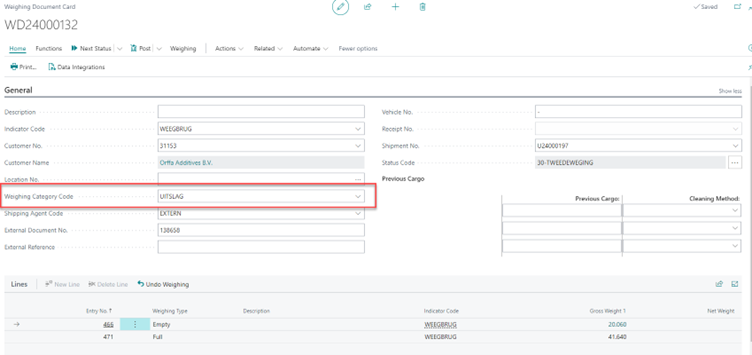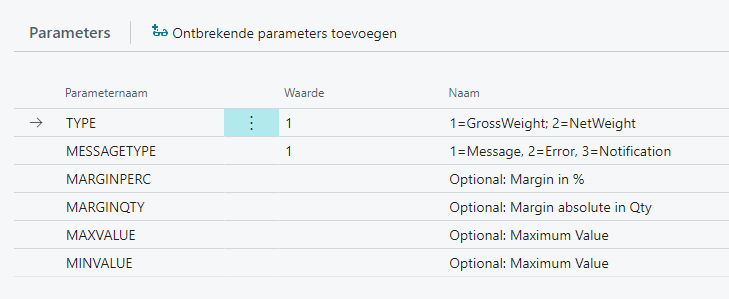Harnessing data synergy: integrating weighbridges with 3PL Dynamics
25 Jul 2024
3 min read
Logistics providers must ensure accurate truck weighing during both loading and unloading processes. This is not just a legal requirement; it also ensures that the weight is as anticipated. We have advanced our weighing systems to enhance our capabilities. In this blog, we will show you exactly why Boltrics' data integration with weighbridges is the best on the market and how it will benefit your business.
Integration with a weighbridge
The first step is to establish a connection between 3PL Dynamics and the weighbridge software. Boltrics has developed a standard message (RCV-WEIGHT) for this purpose. The essential information needed by 3PL Dynamics is a document number (for inbound or outbound) and the weight. Sometimes the same document number is weighed twice, resulting in a first and a second weighing. We will come back to this later.
Creating a Weighing Document
Once the message (RCV-WEIGHT) is received in 3PL Dynamics, a weighing document is automatically created and linked to the inbound or outbound document from the message. The weighing document looks like this:

The weighing document contains important information, such as the weight category. This can be included in the integration message. If not, the system determines the category based on the source document type (inbound or outbound). Function sets can be set up in the weight category map to determine what the system should do when a weight is received. Think about copying the weight to the source document or changing the status of the weighing document. The most important aspect of the weigh category is to indicate whether the first and second weighs are full, empty, or free.
Link weigh document information to the inbound or outbound
The weighing ticket is automatically linked to the entry or exit. The function “COPY WEIGHT” (code unit 11154833) allows you to copy the difference between the first and the second weighing in the header of the entry or exit via the weighing document. Another function checks if the gross weight in the header is equal to the total gross weight of the lines (code unit 11191011). Here you can set parameters for the allowed deviation between the measured weight and the document weight, in percentage or in absolute numbers.

Weigh Report
The weighing report has also been improved. This report is important for drivers to prove their weight during transportation. The weighing report clearly shows the difference between the first and second weighing, ensuring transparency and accuracy.

It is now possible to link the weighing report to the inbound or outbound. This is done by first saving the report in the records of the weighing document. Then, with a second function, you can copy the report to the linked inbound or outbound. In this way, you can easily make the weighing document available on the web portal or send it by e-mail.

Capture pallet weights directly in your logistics software with the scale integration in 3PL Dynamics
In addition to weighing and recording truck weights, it is also possible to record pallet weights in 3PL Dynamics. Bulk goods are often recorded by weight. Here you can use scales. And with the standard weighing integration of 3PL Dynamics, you can record these weights directly in your scanners as well as in your WMS. Read more about this here.







